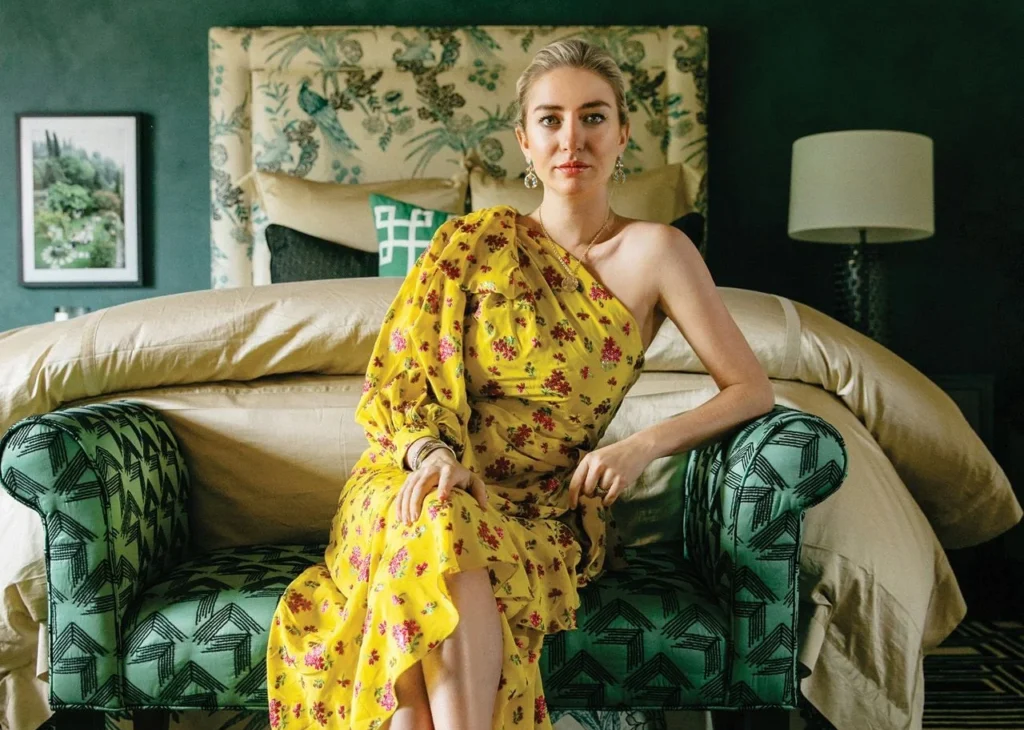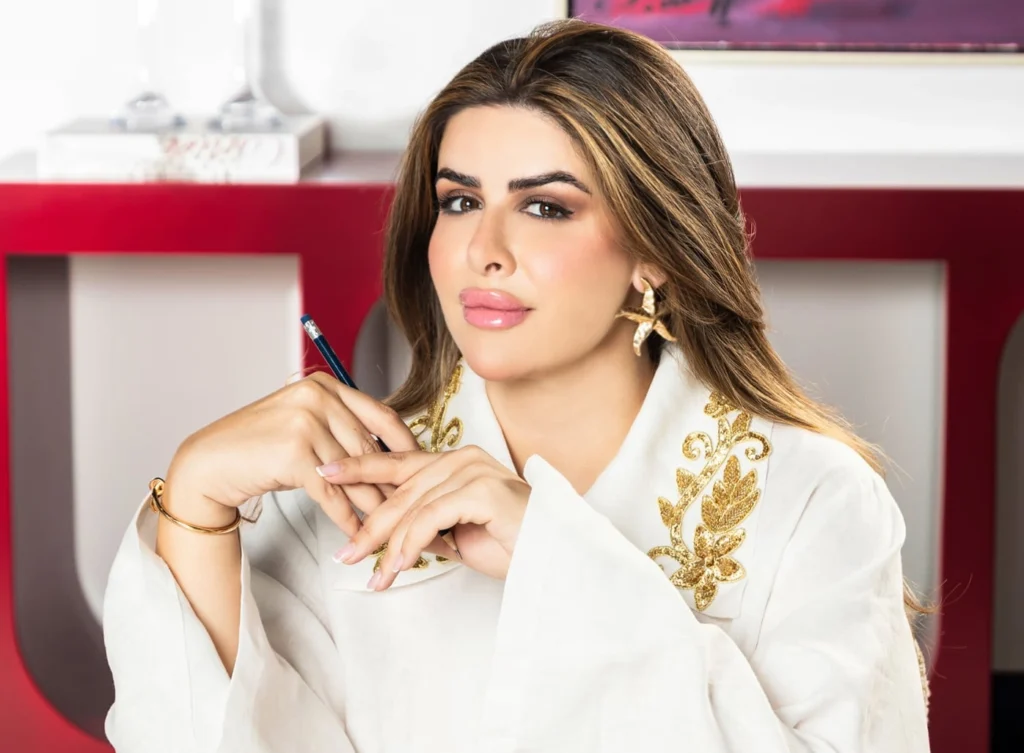Whitney Wolfe Herd Visionary Leader Returns to Shape the Future of Bumble
Whitney Wolfe Herd Visionary Leader Returns to Shape the Future of Bumble By Desk Reporter Whitney Wolfe Herd, renowned for revolutionizing the online dating landscape, has recently reclaimed her role as CEO of Bumble Inc., the company she founded in 2014. This return comes after a year-long tenure as executive chair, succeeding Lidiane Jones, who resigned for personal reasons. Wolfe Herd’s reinstatement underscores her unwavering commitment to steering Bumble’s mission of fostering meaningful and equitable relationships in the digital age. Born in 1989, Whitney Wolfe Herd grew up in Salt Lake City, Utah. She pursued higher education at Southern Methodist University (SMU) in Dallas, Texas, where she earned a Bachelor of Arts degree. During her time at SMU, she was actively involved in campus life, which later influenced her entrepreneurial endeavors. Her professional journey began with her co-founding the dating app Tinder in 2012. As Vice President of Marketing, she played a pivotal role in the app’s rapid growth. However, her tenure at Tinder ended in 2014 amid allegations of sexual harassment and discrimination, leading to a lawsuit that was eventually settled out of court. This challenging period became a catalyst for her next venture. In 2014, leveraging her experiences and insights from the dating industry, Wolfe Herd launched Bumble, a platform designed to empower women by allowing them to initiate conversations. This innovative approach not only differentiated Bumble from its competitors but also resonated with users seeking a more respectful and equitable online dating experience. The app’s success was bolstered by strategic marketing efforts, including grassroots campaigns at college campuses, which emphasized Bumble’s commitment to creating a safer and more empowering environment for women. In January 2024, Wolfe Herd transitioned from her role as CEO to executive chair, appointing Lidiane Jones as her successor. Jones’s tenure saw significant organizational changes, including a workforce reduction of nearly 30%. However, citing personal reasons, Jones resigned in early 2025, prompting Wolfe Herd to reassume the CEO position in mid-March. Her return is marked by a renewed focus on enhancing user experience and addressing challenges such as “swiping fatigue” and the rising costs associated with dating. Under Wolfe Herd’s leadership, Bumble achieved remarkable milestones, including its initial public offering (IPO) in February 2021. At 31, she became the youngest female CEO to take a company public in the U.S., a testament to her visionary leadership. The IPO’s success propelled her onto Forbes’ list of billionaires, highlighting her as a prominent figure in the tech industry. Beyond her professional accomplishments, Wolfe Herd’s personal life reflects her values and commitments. She married Michael Herd, a restaurateur and businessman, in 2017, and the couple welcomed their first child in December 2019. Balancing her roles as a mother and a business leader, Wolfe Herd continues to inspire many by demonstrating that personal and professional fulfillment can coexist. As she resumes the helm at Bumble, Wolfe Herd is poised to navigate the evolving dynamics of the online dating industry. With plans to enhance safety features, verify user identities, and address the changing preferences of users, her leadership is expected to drive Bumble towards continued innovation and growth. Her return signifies not just a personal commitment but also a broader dedication to redefining the standards of online interactions. Whitney Wolfe Herd’s journey embodies resilience, innovation, and a steadfast commitment to empowering individuals in their personal and professional relationships. Her return as CEO marks a new chapter for Bumble, one that promises to build upon its foundational values while adapting to the ever-changing landscape of digital connection.






